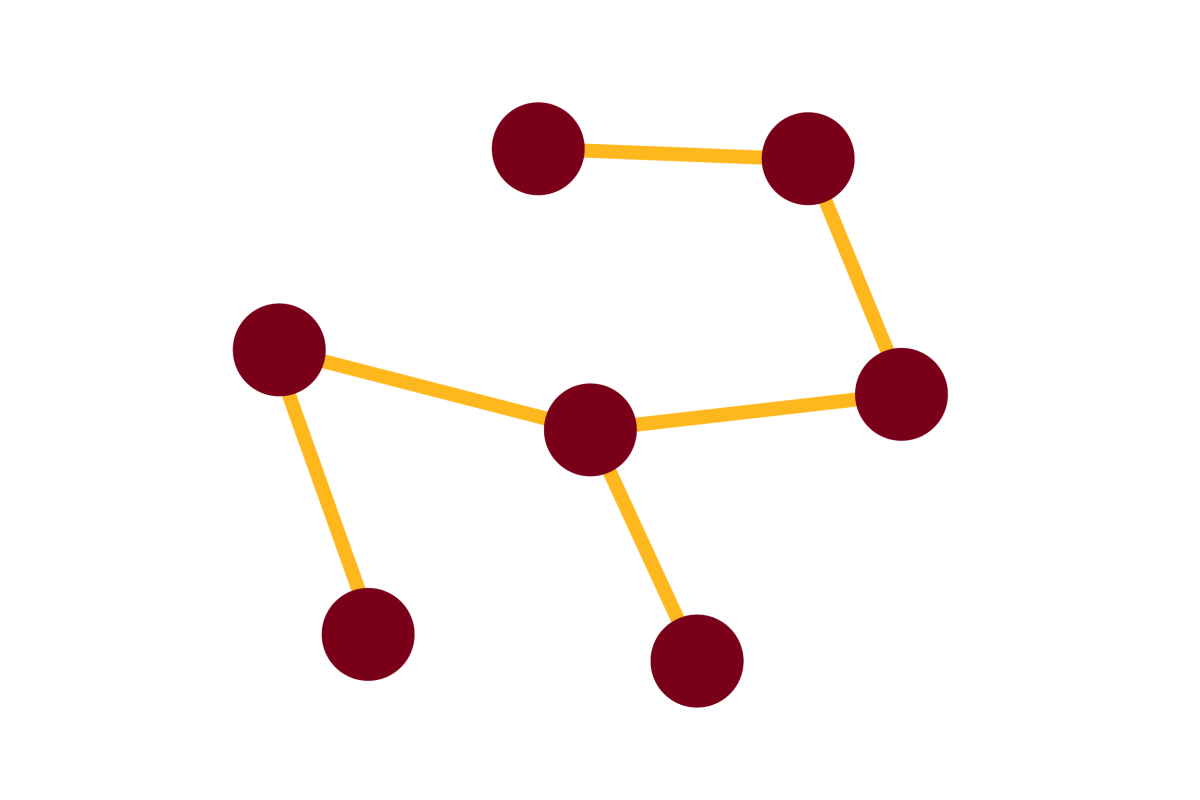Serum Markers Predict Brain Death Due to Trauma and Hypoxia Within 32 hours of Injury [preprint]

Preprint date
February 18, 2021
Authors
Daniel Rafter, Brett Sterk, Zhuliu Li (Ph.D. student), Tory Schaaf, Rui Kuang (associate professor), Michael Koller, Uzma Samadani (adjunct associate professor)
Abstract
Objective: Brain death is a controversial construct because proving irreversible cessation of neurologic function is difficult, and ascertaining the timepoint at which irreversibility has occurred is not currently possible. The ability to predict which traumatic (TBI) and hypoxic brain injuries will progress to brain death is also limited. We investigated how accurately neurologic serum markers can predict brain death and differentiate its etiology.
Methods: This prospective observational study enrolled brain injury subjects presenting to a trauma center within 32 hours of injury. Levels of glial fibrillary acidic protein (GFAP), ubiquitin carboxy-terminal hydrolase L1 (UCH-L1), and S100 Calcium-Binding Protein B (S100B) were compared. Clinically brain dead (BD) subjects were further subdivided into high velocity trauma with presumed diffuse axonal injury (DAI), cardiopulmonary/respiratory arrest (CA/RA), and found down (FD).
Results: The prognostic value of various biomarker combinations in identifying subjects progressing to brain death was assessed using machine learning. Prediction accuracy for GFAP, UCH-L1, and S100B in combination to predict brain death from among all other cohorts yielded an area under the curve (AUC) of 0.98 versus all other brain injury subjects. This model was also able to distinguish CA/RA BD from combined non-trauma controls and DAI BD with an AUC of 0.99.
Conclusion: Serum concentrations of GFAP, UCH-L1, and S100B measured within 32 hours of traumatic and hypoxic brain injury have utility in prognosticating brain death by mechanism of injury as either hypoxic (CA/RA) or traumatic/unknown (DAI and FD).
Link to full paper
Serum Markers Predict Brain Death Due to Trauma and Hypoxia Within 32 hours of Injury
Keywords
bioinformatics, computational biology